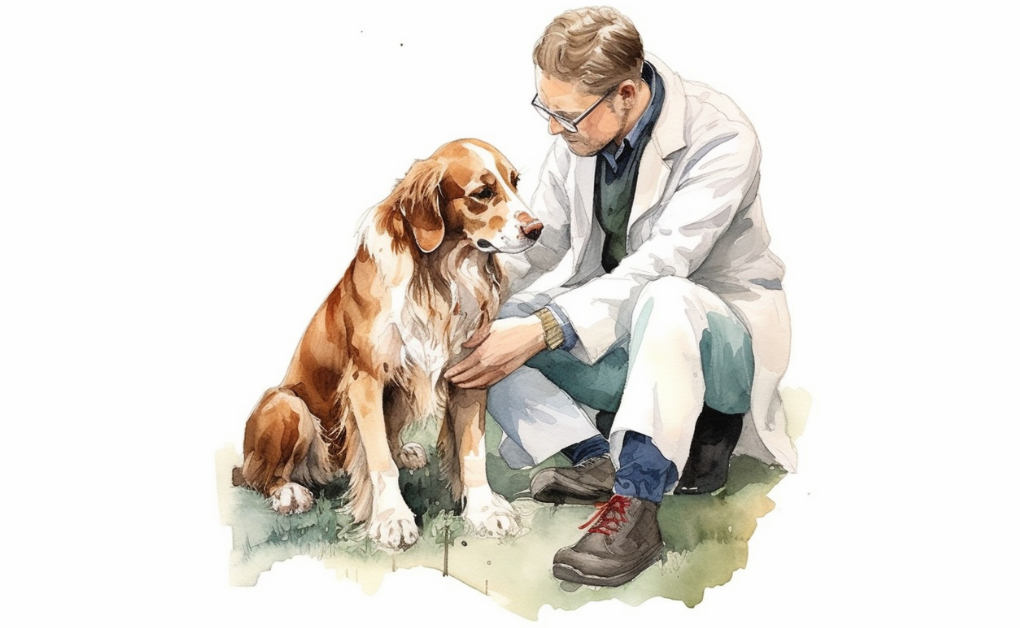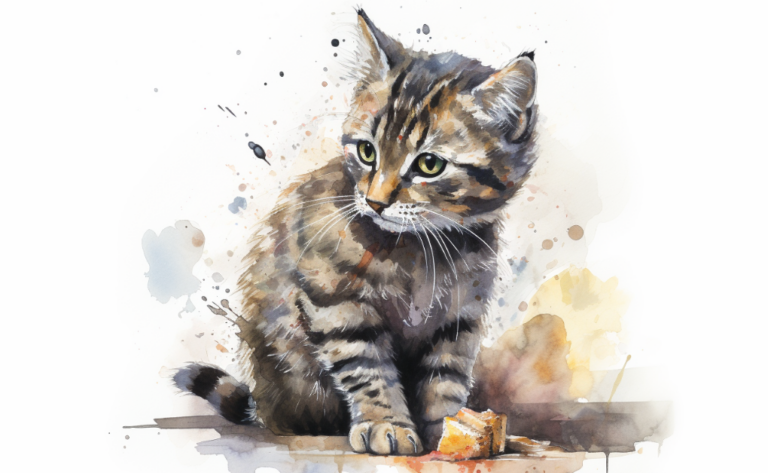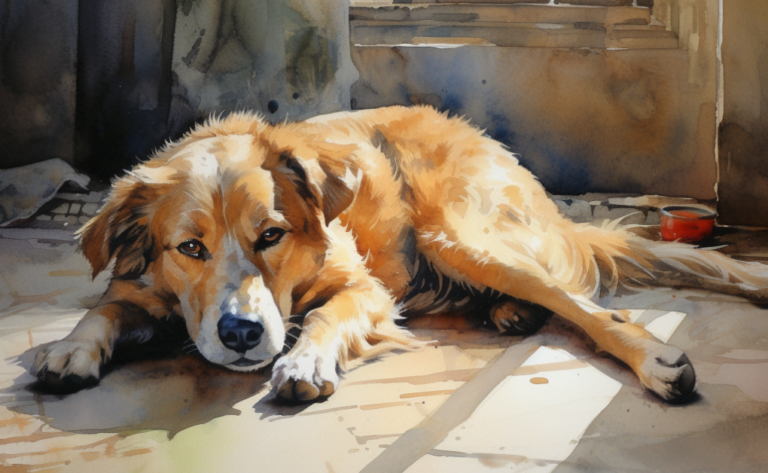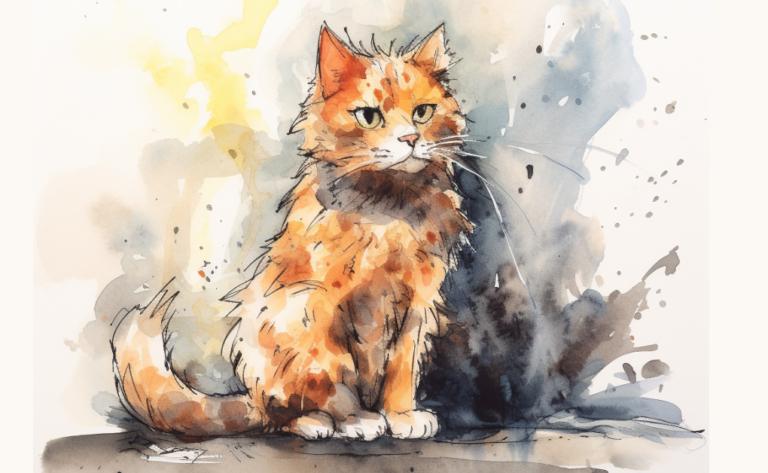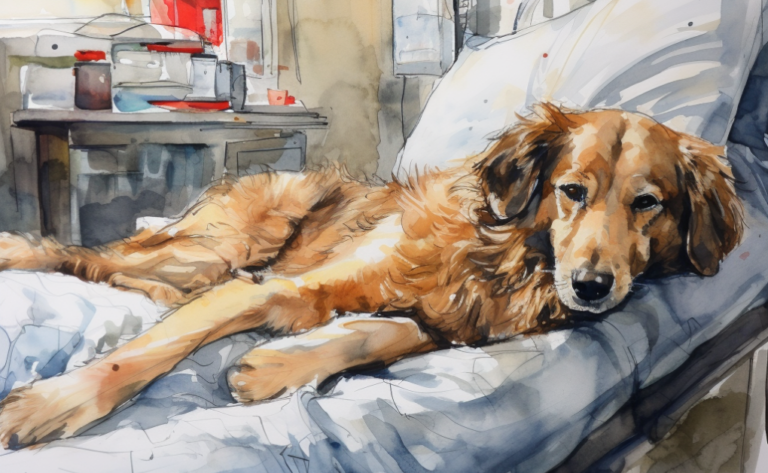What is ACL Tear in Dogs?
What is it?
How is it Treated?
Breed Predispositions
Labrador Retrievers Golden Retrievers Rottweilers Newfoundlands Akitas Boxers American Staffordshire Terriers St. Bernards Chesapeake Bay Retrievers Mastiffs
Introduction
For years, Alex and his loyal Rottweiler, Titan, had enjoyed many adventures together, exploring new trails and parks every weekend. One afternoon, while playing an energetic game of frisbee, Titan suddenly yelped in pain and began limping, unable to put weight on his hind leg. Worried about his beloved companion, Alex quickly realized that Titan needed professional care and took him to the veterinarian.
After a careful examination, the vet diagnosed Titan with an ACL tear, a common but painful injury in dogs. In this blog post, we will discuss what an ACL tear is, its causes, symptoms, and treatment options, as well as how to prevent this injury. By understanding this condition, you’ll be better prepared to support your canine friend’s recovery and help them return to a healthy, active lifestyle.
A cranial cruciate ligament injury, also known as an ACL tear in dogs, represents a severe impairment or damage to the dog’s ACL within the knee joint. This crucial ligament, linking the femur (thigh bone) to the front of the tibia (shin bone), offers the necessary stability and versatility to the dog’s knee. As a result, the dog’s ACL is integral to comfortable movement and weight-bearing activities.
Such an injury can introduce many issues, leading to severe discomfort and functional disability in our canine friends, including large breed dogs and even smaller breeds like the Bichon Frise. Symptoms range from lameness and inflammation to noticeable discomfort in the distressed leg.
The incident can happen abruptly due to a sudden trauma or evolve progressively due to long-term wear and tear. Dogs afflicted with this type of injury may struggle with mobility, demonstrate signs of pain or swelling in the knee, and seem hesitant to apply weight to the impacted limb.
Two Primary Types of ACL Tear in Dogs
There are two primary types of ACL tears in dogs: partial and complete tears. These tears can result from a sudden injury or gradual wear and tear on the ligament. The severity and type of the tear will determine the appropriate treatment plan for your dog.
Partial ACL Tear
A partial tear occurs when the anterior cruciate ligament is partially torn but not completely severed. This type of tear can cause pain, swelling, and instability in the knee joint, but the joint may still have some function. Sometimes, a partial tear can progress to a complete tear if not appropriately managed. Treatment for partial tears may involve conservative management, including rest, pain management, weight control, and physical therapy.
Some dogs with partial tears may eventually require surgery if conservative treatments fail to provide relief or if the tear worsens over time.
Complete ACL Tear
A complete tear occurs when the anterior cruciate ligament is entirely severed or ruptured, resulting in significant instability and dysfunction in the knee joint. Dogs with a complete ACL tear often exhibit severe lameness, pain, and swelling in the affected leg. In most cases, surgical intervention is necessary to repair or replace the torn ligament and restore stability to the joint.
Several surgical techniques are available, including extracapsular repair, tibial plateau leveling osteotomy (TPLO), and tibial tuberosity advancement (TTA). The choice of surgical procedure depends on factors such as the dog’s size, age, activity level, and the surgeon’s preference.
It’s essential to consult with your veterinarian if you suspect your dog has an ACL tear. Early diagnosis and appropriate treatment can help prevent further joint damage, relieve pain, and improve your dog’s quality of life.
What Causes Canine Cranial Cruciate Ligament Tears?
Various factors can lead to canine ACL (anterior cruciate ligament) or CCL injuries, spanning traumatic incidents, chronic ligament degeneration, and inherent predispositions tied to the dog’s breed, size, age, and physical structure. Let’s explore these common causes of ACL tears in dogs in more detail:
- Acute trauma: Sudden, forceful twisting or extreme bending of the dog’s knee joint during high-energy activities, like sprinting, jumping, or playful antics, may precipitate an ACL tear. Dogs that participate in energetic endeavors, for example, agility training or fetching, are often more susceptible to this type of injury.
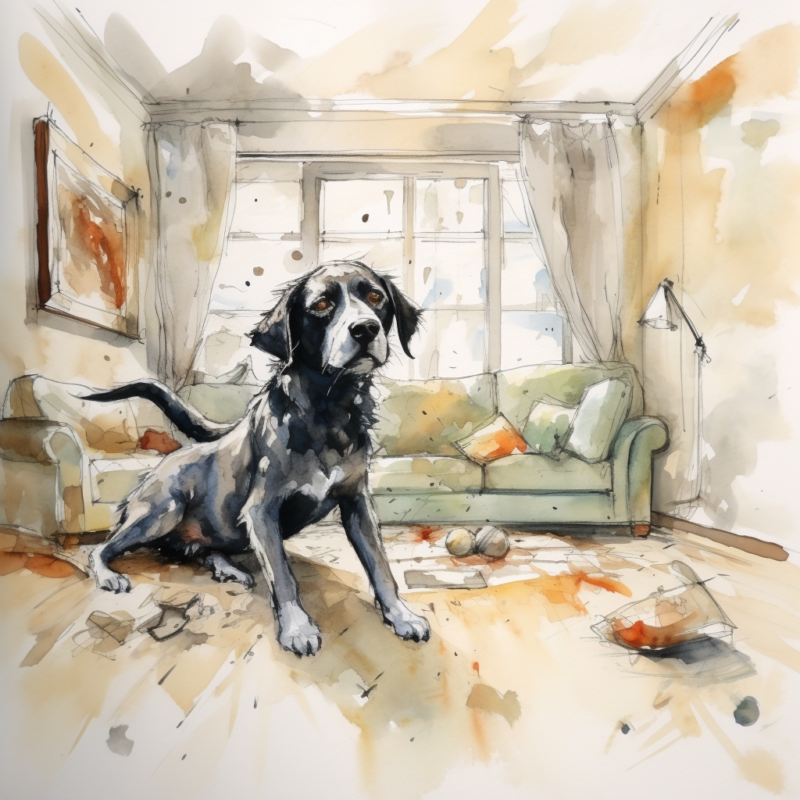
- Progressive wear and tear: Persistent stress on the ACL can progressively weaken the ligament, leading to its tear over time. This scenario is likely in dogs involved in repetitive high-impact activities that exert pressure on the knee joint, such as constant running or jumping on hard terrains, or in obese dogs whose other weight places extra stress on their joints.
- Breed predisposition: Certain dog breeds may have a genetic inclination towards ACL tears due to the unique anatomy of their knee joint. For instance, breeds like Labrador Retrievers, Rottweilers, Golden Retrievers, and German Shepherds often demonstrate higher ACL tears.
- Size and weight: Larger, more robust dogs may face an elevated risk of ACL injuries, given their size’s augmented stress on their joints. Similarly, overweight dogs are more prone to injuries as the extra weight overburdens the ligament connecting to the shin bone.
- Age: The ligaments and joints of older dogs may weaken due to age-related degeneration, thereby increasing their susceptibility to ACL tears.
- Physical structure: Dogs possessing specific anatomical characteristics, such as pronounced curvature in legs or sharp tibial plateau angles, may be at greater risk of ACL injuries due to their knee joint’s modified biomechanics and stress distribution.
To avert ACL tears, it’s crucial to maintain a healthy weight for your dog, ensure regular low-intensity exercise, and avoid activities that could instigate sudden stress or twisting of the knee joint. Furthermore, if your dog is naturally prone to ACL tears due to breed or physical structure, consulting with your veterinarian about possible preventive strategies and early warning signs would be beneficial.
Symptoms of Torn ACL in Dogs
Indications of a canine ACL tear, also known as a cruciate ligament rupture, might differ based on the intensity of the injury. Here are the typical signs to watch out for:
- Limping or signs of lameness
- Presence of swelling
- Visible pain
- Stiffness in movement
- Diminished range of motion
- Reluctance to participate in play or exercise
- Sitting with the leg extended outward
- Observable instability in movement
- Signs of muscle atrophy
Suppose these symptoms become apparent in your dog. In that case, it’s crucial to seek a veterinarian’s assistance promptly for an accurate diagnosis and a suitable treatment plan, which may include surgery.
Diagnosing ACL Tears in Dogs
Diagnosing an anterior cruciate ligament (ACL) tear in dogs involves a combination of a detailed history, physical examination, and advanced imaging. Veterinary professionals conduct these steps meticulously to confirm an ACL injury. Here’s a detailed overview of the procedures involved.
Detailed History
The first step in diagnosing an ACL tear in dogs is taking a thorough and detailed history. The veterinarian will ask the pet owner questions about the onset of the dog’s lameness, if there was a known injury, and if the lameness has improved or worsened.
Physical Examination
The physical examination fully assesses the dog’s overall health, with particular attention to the limbs. During this exam, the veterinarian will look for signs of lameness, pain, or swelling in the knee.
Orthopedic Examination
The orthopedic examination is more detailed and focuses on the dog’s skeletal system. The veterinarian will look for signs of ACL tear by performing specific manipulations on the dog’s knee to check for abnormal movement.
Radiographs (X-rays)
Radiographs or X-rays visualize the bones and the space within the joint. While an X-ray cannot directly show an ACL problem, it can show secondary signs of the injury, such as swelling, bone changes, or abnormal joint positioning.
Advanced Imaging
Advanced imaging techniques such as MRI and CT scans provide more detailed images of the soft tissues around the knee, including the ACL. As a result, these techniques can give a clearer picture of the extent of the injury.
Arthroscopy
Arthroscopy is a minimally invasive procedure that uses a small camera inserted into the joint. This allows the veterinarian to visualize the structures within the joint and can often provide a definitive diagnosis of an ACL tear.
Surgical Exploration
Surgical exploration is typically reserved for cases where a definitive diagnosis cannot be made using less invasive methods. This involves opening up the knee joint to visualize the ACL directly.
Remember that these steps are generally performed in combination, and the need for advanced imaging or surgical exploration will depend on the individual case and the veterinarian’s assessment.
Treatment Options for Dog ACL Tears
The chosen treatment for a dog’s ACL tear hinges on the severity of the injury, the dog’s size, activity levels, and any additional concurrent injuries or conditions. Conservative management and surgical intervention, which may include ACL surgery, represent the two primary treatment methodologies for dealing with canine ACL tears.
Conservative Management
This treatment route is generally suggested for smaller, less active dogs or where the tear is partial, not causing significant discomfort or instability. The principles of conservative management include:
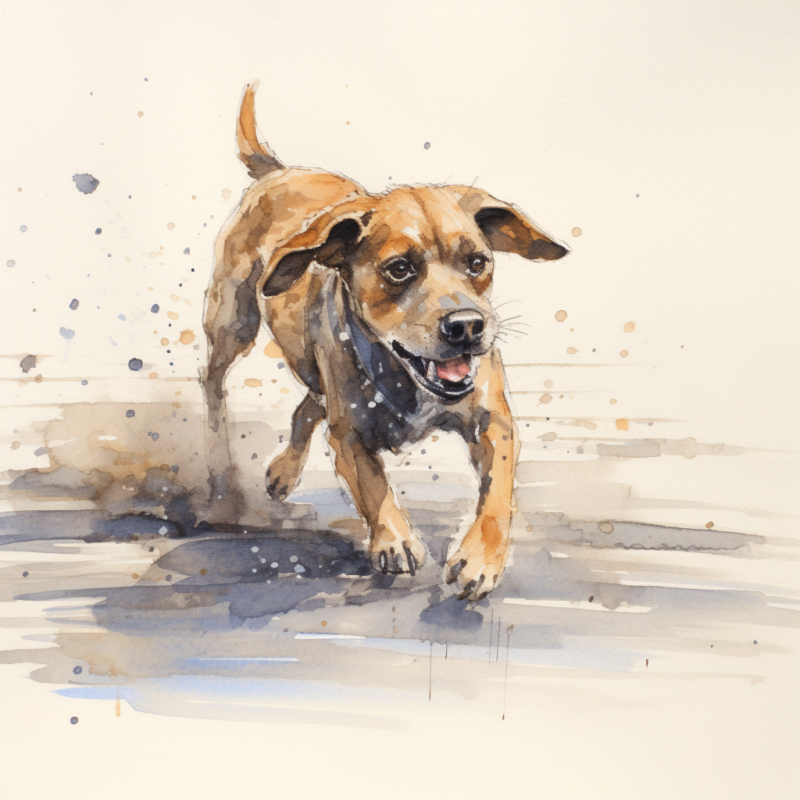
- Rest and restricted activity: Curtailing your dog’s movement helps avert additional damage to the joint, facilitating ligament healing.
- Pain management: Pain medication such as non-steroidal anti-inflammatory drugs (NSAIDs) can help manage discomfort and inflammation.
- Weight management: It’s vital to ensure your dog maintains a healthy weight to alleviate stress on the affected joint.
- Physical therapy: This involves a rehabilitation program encompassing passive range of motion exercises, massage, and a gradual reintroduction to activity to enhance joint function and muscle strength.
Surgical Treatment
Surgical intervention becomes viable when conservative management fails or for larger, more energetic dogs. The specific surgical technique chosen depends on the dog’s size, age, and unique needs. Standard procedures may include:
- Lateral suture or extracapsular repair: A robust suture material substitutes the function of the ruptured ligament, restoring stability to the joint.
- Tibial plateau leveling osteotomy (TPLO surgery): In this technique, the tibial plateau is sliced and realigned to foster a more stable joint, obviating the need for the ruptured ligament.
- Tibial tuberosity advancement (TTA): Here, the tibial tuberosity is shifted forward, modifying the knee biomechanics and stabilizing the joint without the torn ligament. Post-CCL surgery, your dog will require pain medication, limited activity, and a specific rehabilitation program to support proper healing and regain comprehensive joint functionality.
Depending on the surgical treatment and the individual dog, the recovery process could span several weeks to months.
Prevention for ACL Tears in Dogs
Preventing ACL tears, a common injury in dogs requires maintaining your pet’s holistic health and minimizing risk elements that could contribute to such ligament traumas. Although it may be impossible to eradicate the risk, you can execute the following measures to lessen the odds of your dog, be it younger dogs, athletic dogs or dogs of all sizes, suffering an ACL tear:
- Weight management: Ensure your dog maintains a healthy weight to alleviate stress exerted on their joints. The amplified joint strain makes Overweight dogs more prone to ligament injuries.
- Consistent exercise: Engage your dog in routine, regulated exercise to preserve muscle strength and joint stability. Refrain from sudden, high-intensity activities that could induce excess joint stress. Instead, choose low-impact exercises like swimming, leash walks, or gentle treks.
- Nutritional balance: Deliver a balanced diet that fortifies your dog’s joint health. For advice on appropriate food and supplements, such as glucosamine and chondroitin, which may boost joint health and decrease the risk of injury, consult your veterinarian.
- Avoid abrupt movements: Deter activities involving sharp twisting or turning motions, such as chasing balls or frisbees, can impose undue stress on your dog’s joints.
- Gradual integration of new activities: When introducing your dog to new exercises or sports, gradually escalate the intensity and duration. This strategy helps your dog build strength and conditioning, mitigating the risk of injury.
- Routine veterinary check-ups: Regularly scheduled veterinary visits are essential to oversee your dog’s overall health and address any predisposing concerns to ACL injuries or cruciate ruptures.
Early intervention can prevent the progression of joint problems and minimize the risk of ligament damage. If your dog has suffered from a torn ACL, these measures can also contribute to recovery, promoting overall joint health in the injured leg. It’s crucial to understand that not all ACL tears can be averted, but these steps can significantly reduce your pet’s risk of injury, whether they are dogs with ACL issues or even dogs and cats with chronic conditions. Remember, regular post-operative care is crucial regardless of the type of surgery.
Frequently Asked Questions
Disclaimer: The information provided on this veterinary website is intended for general educational purposes only and should not be considered as a substitute for professional veterinary advice, diagnosis, or treatment. Always consult a licensed veterinarian for any concerns or questions regarding the health and well-being of your pet. This website does not claim to cover every possible situation or provide exhaustive knowledge on the subjects presented. The owners and contributors of this website are not responsible for any harm or loss that may result from the use or misuse of the information provided herein.

